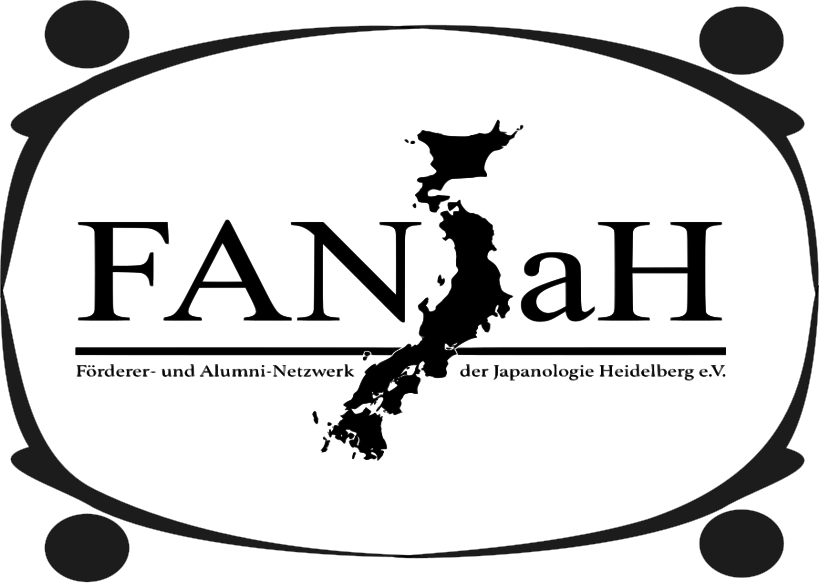Itō Seikō’s mourning voice(s)
Identifiants (Article)
Résumé
Two years after the 2011 Tōhoku earthquake and tsunami, the Japanese author Itō Seikō achieved a resounding success among both his readership and the literary critique with the novel Sōzō Rajio 『想像ラジオ』, the atypical story of a radio program whose main protagonists are the deceased. Ten years later, on the occasion of the 10th year anniversary from the disaster, the nonfictional work entitled Fukushima monoroogu 『福島モノローグ』has made its appearance on the bookshelves. This late publication brings back the voices of the Daishinsai survivors in a specular fashion in comparison with the previous work, eliciting the misleading juxtaposition fiction-death, nonfiction-life.
While in the Sōzō Rajio novel the radio plays the role of a fictitious locus which, by mimicking the therapeutic session between DJ/therapist and listener/patient, enables victims’ acting out of their trauma, in the Fukushima monoroogu reportage the author’s presence outshines to leave room for witness’ testimonies.
By drawing from the research by the psychologist John Bowlby regarding mourning and loss, this paper explores Itō Seikō’s response to the 2011 catastrophe by comparing authorial fictional and nonfictional productions, thus emphasizing the value attributed by the writer to victim’s mourning voices.
Statistiques

Références
Primary sources
ITŌ, Seikō いとうせいこう (2015 [2013]): Radio Imagination. Italian transl. by Gianluca Coci. Vicenza: Neri Pozza.
ITŌ, Seikō いとうせいこう (2021): Fukushima monorōgu [Fukushima monologue] 福島モノローグ. Tōkyō: Kawaden shobō shisha.
Secondary sources
ALEXANDER, Jeffrey C. (2016): “Cultural Trauma, Morality and Solidarity: The social Construction of ‘Holocaust’ and other Mass Murders”. In: Thesis Eleven, Vol. 132(1): 3–16.
BOWLBY, John (1980): Attachment and Loss. Volume III: Loss, sadness and depression. New York: Basic books.
CHAMBERS, Deborah, STEINER, Linda, FLEMING, Carole (2004): Women and Journalism. New York: Routledge.
COHEN, Milton (2018): Death Ritual: Anthropological Perspectives. In: Queensborough Community College.
https://www.qcc.cuny.edu/socialsciences/ppecorino/deathanddying_text/Death%20Ritual.pdf (accessed: 14.05.2021).
DE PIERI, Veronica (2017): “Literature remakes: how catastrophe influences the communication of trauma in literature – An inquiry on Nakamori Akio and Kawakami Hiromi 2011 short novels”. In: Conference Proceedings of the 22nd Current Issues in Literary and Cultural Research Conference. Liepāja: Liepāja Universitāte Press.
DE PIERI, Veronica (2018): Fukushima testimonies (Doctoral thesis). Venezia: Cafoscarina.
DINITTO, Rachel (2019): Fukushima Fiction. The Literary Landscape of Japan’s Triple Disaster. Honolulu: University of Hawai’i Press.
FREUD, Sigmund (1915): Lutto e melanconia [Mourning and melancholia]. In: Uniroma. https://www.lettere.uniroma1.it/sites/default/files/2238/lutto-e-malinconia.-S-Freud.pdf (accessed: 11.05.2021).
GAINES, Robert (2016): “Detachment and continuity. The two tasks of mourning (1997)”. In: HAGMAN, George (ed.): New Models of Bereavement Theory and Treatment. London: Routledge: 130–147.
GEBHARDT, Lisette, MASAMI, Yuki (2014): Literature and Art after Fukushima. Four Approaches. Berlin: EB-Verlag.
HAGMAN, George (ed.) (2016): New Models of Bereavement Theory and Treatment. London: Routledge.
HAYASHI, Kyōko 林京子 (1975): Matsuri no ba [Ritual of death] 祭りの場. Tōkyō: Kōdansha.
ITŌ, Seikō いとうせいこう (2017): “Itō Seikō, Sendai de kataru [Itō Seikō talks from Sendai] いとうせいこう、仙台で語る”. In: TOHOKU GAKUIN DAIGAKU (eds.): Shinsai to bungaku 震災と文学. Sendai: Tōhoku gakuin daigaku: 119–140.
ITŌ, Seikō いとうせいこう (2013): Bungei tokushū Itō Seikō [Special Itō Seikō] 文藝特集いとうせいこう. Tōkyō: Kawaden shobō shisha.
IWATA-WEICKGENANNT, Kristina, GEILHORN, Barbara (2017): “Negotiating Nuclear Disaster. An Introduction”. In: GEILHORN, Barbara, Kristina IWATA-WEICKGENANNT (eds.): Fukushima and the Arts. Negotiating Nuclear Disaster. London: Routledge: 1–20.
KAWAKAMI, Hiromi 川上弘美 (2011): Kamisama 2011 [God Bless you 2011] 神様2011. Tōkyō: Kōdansha.
KERNBERG, Otto (2016): “Some observations of the mourning process (2010)”. In: HAGMAN, George (ed.): New Models of Bereavement Theory and Treatment. London: Routledge: 148–166.
KIMURA, Saeko 木村朗子 (2013): Shinsaigo bungakuron. Atarashii nihonbungaku no tameni [A post-disaster Literary Theory. For a new Japanese Literature] 震災後文学論。新しい日本文学のために. Tōkyō: Seidosha.
KIMURA, Saeko 木村朗子 (2018): Sono ato no shinsaigo bungakuron [After a post-disaster literary theory] その後の震災後文学論. Tōkyō: Seidosha.
LIFTON, Robert J. (1968): Death in Life. Survivors of Hiroshima. North Carolina: The University of North Carolina Press.
LIGI, Gianluca (2009): Antropologia dei disastri [Disaster Anthropology]. Bari: Editrice Laterza.
NEIMEYER, Robert A. (2016): “Introduction”. In: HAGMAN, George (ed.): New Models of Bereavement Theory and Treatment. London: Routledge: xxiii–xxxix.
SAMUELS, Richard J. (2013): 3.11 Disaster and Change in Japan. Ithaca: Cornell University Press.
SIDAWAY, James D. (2016): Deathscapes: Spaces for Death, Dying, Mourning and Remembrance. London: Routledge.
SONTAG, Susan (1966): “The Imagination of Disaster”. In: SONTAG, Susan: Against Interpretation and other Essays. New York: Farrar, Straus & Giroux: 209–225.
SUGIE, Fumiko 杉江扶美子 (2018): Mukou kara no koetachi to shōsetsu wo koete. Itō Seikō ‘Sōzō rajio’ to Kimura Yūsuke ‘Isa no hanran’ ni oite [Going beyond the far-away voices and the novels – Sōzō rajio by Itō Seikō and Isa no hanran by Kimura Yūsuke] 向こうからの声たちと小説をこえてーいとうせいこう『想像ラジオ』と木村友祐『イサの氾濫』. In: HAL. https://halshs.archives-ouvertes.fr/halshs-03133928/document (accessed: 14.05. 2021).
SUZUKI, Akira 鈴木斌 (2016): Bungaku ni egakareta daishinsai – chinkon to kikyū [The Daishinsai depicted by literature – Spiritual quietude and longing] 文学に描かれた大震災 -鎮魂と希求-. Tōkyō: Seishidō.
TAKAHASHI, Gen’ichirō 高橋源一郎 (2011): Koi suru genpatsu [A love-making nuclear reactor] 恋する原発. Tōkyō: Kawade bunko.
TAMAKI, Tokita (2015): “The Post-3/11 Quest for True Kizuna – Shi no Tsubute by Wagō Ryōichi and Kamisama 2011 by Kawakami Hiromi” In: The Asia-Pacific Journal Vol. 13, Issue 7, No. 7: https://apjjf.org/2015/13/6/Tamaki-Tokita/4283.html (accessed: 19.03.2015).
TEDESCHI, Richard J., PARK, Crystal L., CALHOUN, Lawrence G. (1998): Posttraumatic Growth. Positive changes in the aftermath of crisis. London: Taylor & Francis.
TONG, Chee Kiong, SCHILLER, Anne L. (1993): “The Anthropology of Death”. In: Southeast Asian journal of Social Science Vol.21, No. 2: 1–9.
WADA-MARCIANO, Mitsuyo ワダ・マルシャーノ・ミツヨ (2019): Posuto 3.11 Media gensetsu saikō [Post 3.11 Reconsidering the Media Discourse] <ポスト3.11>メディア言説再考. Tōkyō: Hosei Daigaku Shuppan.





